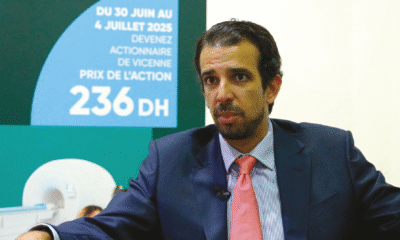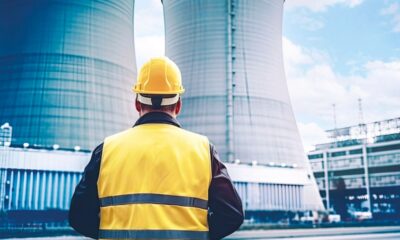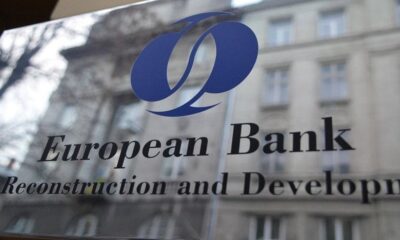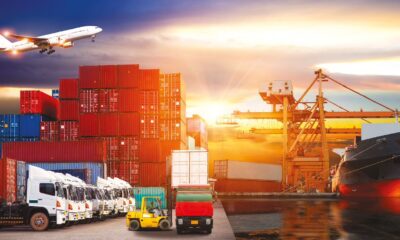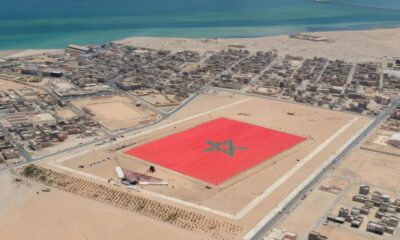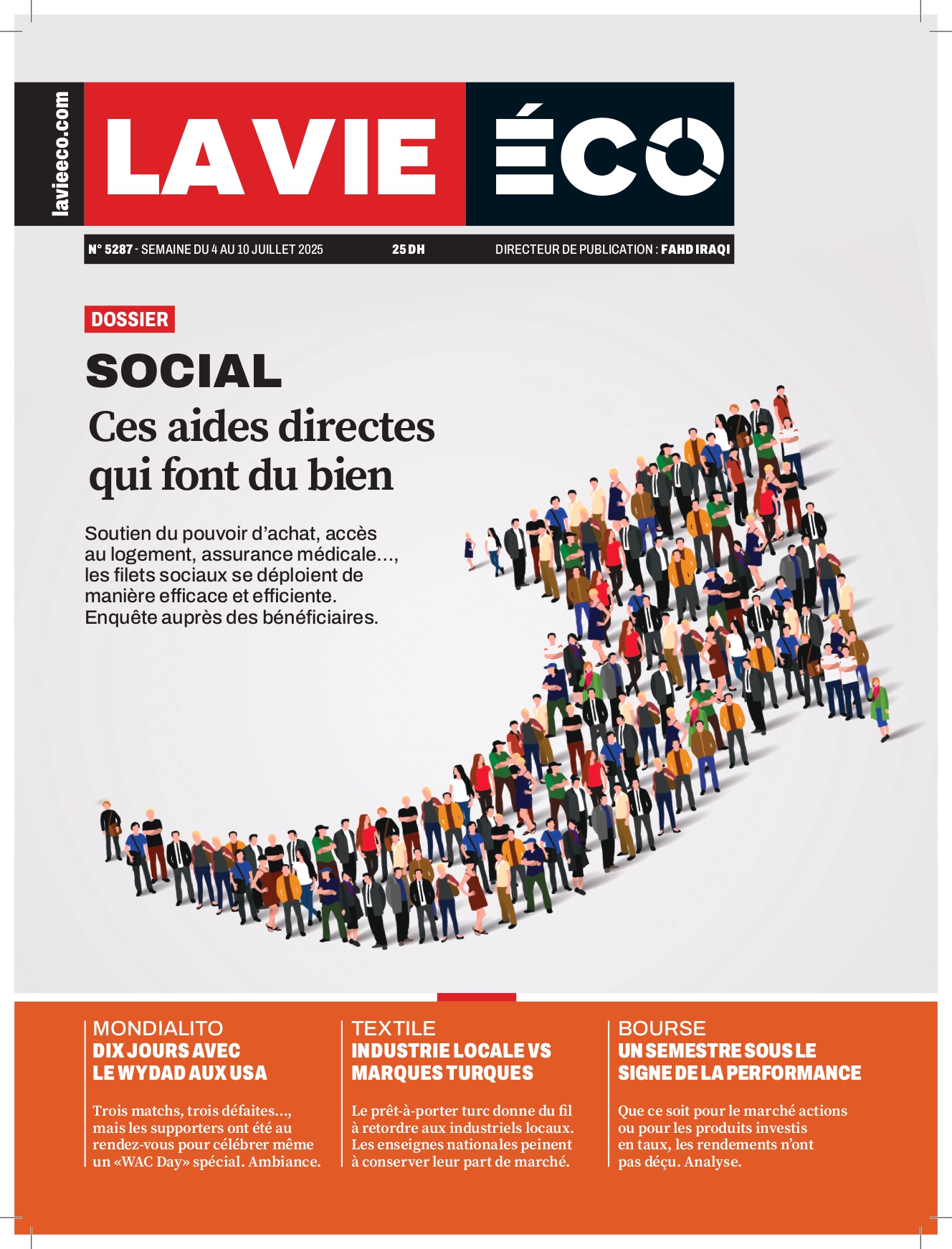International
Nuclear Reactor, Which Technology to Choose?
Several countries offer technologies suited to Morocco’s needs. Among Russia, France, the United States, South Korea, China, and Canada, the country presenting the best offer in terms of technology, technology transfer, and financing will be chosen.
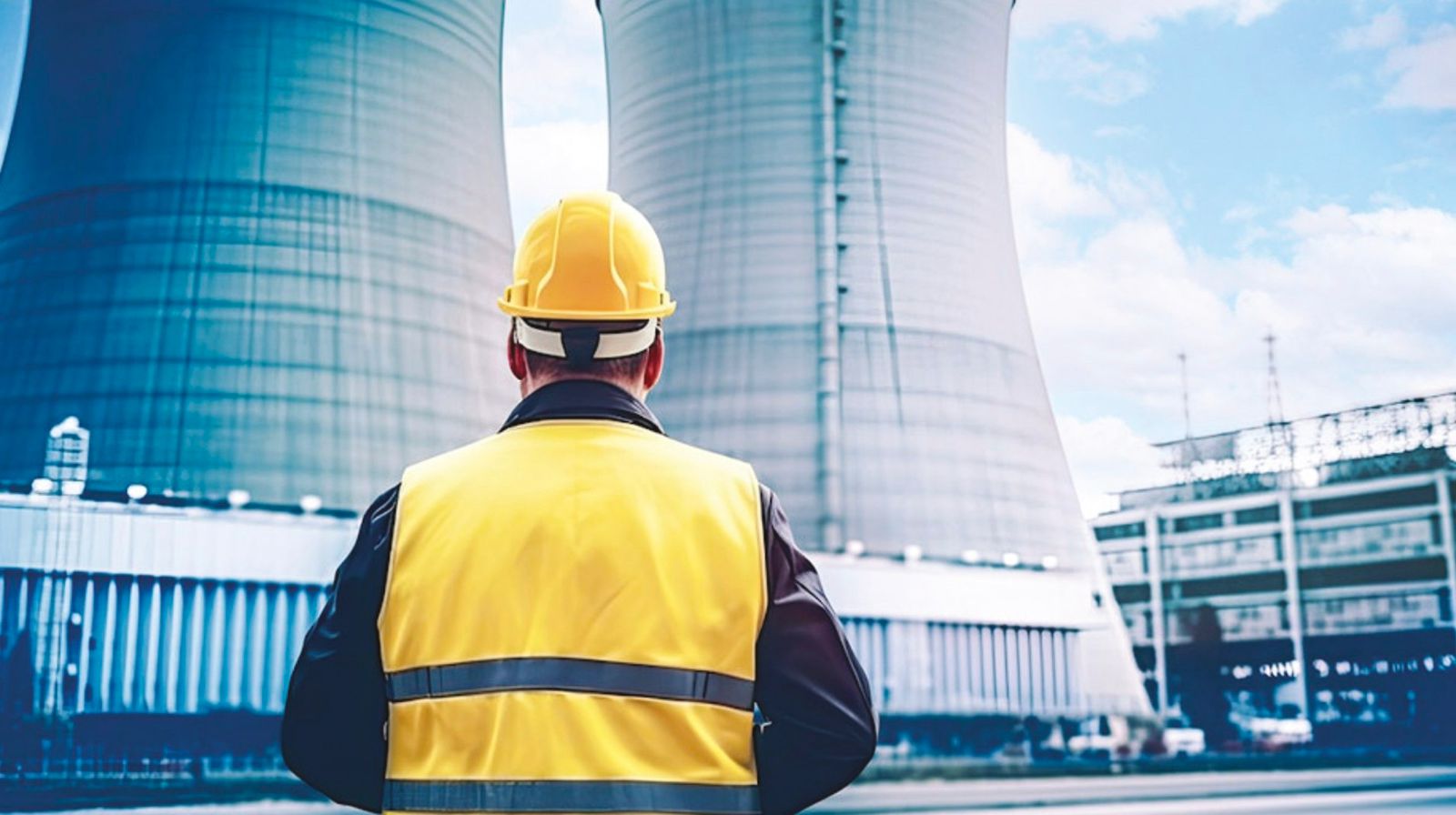
This is no longer an announcement but a strategy in the process of realization. Morocco will develop nuclear energy to diversify its energy mix, meet the growing electricity demand, especially in the industrial sector, and address the water crisis through seawater desalination.
It is worth recalling that Morocco has been exploring the nuclear option since the 1980s, with a prefeasibility study conducted by the National Electricity Office (now ONEE) and the French company Sofratome. However, at that time, the weaknesses of the electrical grid and limited demand delayed the project.
Morocco also did not have many partner options then. Today, in addition to the United States and France, Russia, China, South Korea, and Canada present themselves as potential partners.
In recent years, Morocco has shown particular interest in small modular reactors (SMRs), especially for applications like seawater desalination and electricity production. However, other technologies, such as pressurized water reactors (PWRs), could also be considered.
This does not exclude the option of a larger-scale nuclear power plant. A feasibility study for a nuclear plant, estimated at about 40 billion dollar , was to be launched in the first quarter of 2023, with Rosatom likely as the main contractor.
Currently, Morocco is actively engaging with several global actors in the civil nuclear field, exploring various technologies and cooperation opportunities.
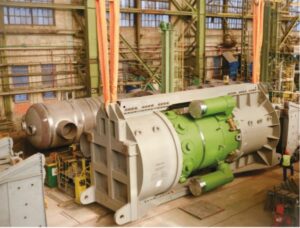
Russia(RITM-200)
Morocco has signed multiple agreements with Russia regarding nuclear cooperation. A bilateral agreement approved in October 2022 focuses on developing civil nuclear energy, including specifically establishing a research reactor, a particle accelerator, assistance for nuclear fuels, and nuclear waste management.
In July 2023, Morocco signed a memorandum of understanding (MoU) with Rusatom Smart Utilities, a Rosatom subsidiary, at the Russia-Africa Summit. This agreement specifically targets using nuclear technology for desalination and water purification.
Rosatom’s broader cooperation with Morocco also includes exploring uranium deposits and training personnel for nuclear plants and regulatory bodies. This indicates Russia offers a comprehensive “nuclear package” aligned with Morocco’s energy needs, potentially including attractive financing models as seen in Egypt.
Russia’s integrated approach could be very attractive to Morocco as it simultaneously addresses several strategic objectives, making Russia a serious competitor for future large-scale projects if overall financial and geopolitical conditions are favorable.
Technologically, Rosatom offers SMRs like the RITM-200, suited for applications such as desalination, as well as VVER reactors (pressurized water reactors) for larger projects, like those built in Egypt or Turkey.
Rosatom also provides loans and financial guarantees, a major asset for costly projects. The Russian company has recognized experience in nuclear desalination.
In 2024, Morocco expressed plans to partner with France to build an experimental nuclear reactor and explore SMRs. Historically, Morocco had high hopes for cooperation with France post-colonization.
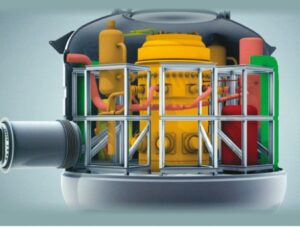
france (SMR Nuward)
However, much of French nuclear aid to Morocco has passed through the IAEA. The 2024 plans for an experimental reactor and SMR exploration with France mark a significant shift. This renewed and more targeted French interest is likely motivated by the global resurgence of SMRs and France’s strategic push in nuclear exports.
France’s reengagement, especially in SMRs, offers Morocco a diverse set of options and potentially a partnership less geopolitically charged than some other major nuclear suppliers.
Technologically, EDF is developing the Nuward SMR, a low-power modular reactor (about 340 MW for two units). This project is still in development, with commercialization expected in the 2030s.
Nuward is designed to be cost-competitive and adaptable, focusing on safety and integration with renewable energies. In its partnership with Morocco, France might benefit from political support from the European Union, which promotes low-carbon technologies. However, the Nuward project is less advanced than Russian or American SMRs, which could delay its adoption.
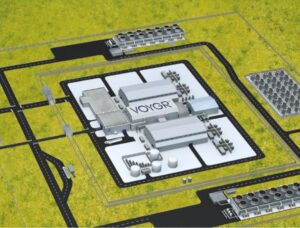
United state (VOYGR)
Morocco’s early attempts to acquire a U.S.-built reactor in the mid-1950s under the “Atoms for Peace” program did not materialize.
Current collaboration between Morocco and the U.S. focuses significantly on strengthening nuclear security and risk management, including joint training programs and enhancing safety standards.
The U.S. actively promotes SMRs globally through initiatives like the “Foundational Infrastructure for Responsible Use of Small Modular Reactor Technology (FIRST)” program. This multi-agency program supports capacity building to help partner countries develop responsible, safe, and secure civil nuclear programs, including for clean hydrogen production and water desalination.
As a traditional U.S. ally, Morocco could find a strong and reliable partner in the U.S. for SMR deployment. The U.S. emphasis on regulatory development, financing, and supply chain security under FIRST aligns well with Morocco’s methodical and progressive nuclear development approach.
Technologically, the U.S., through NuScale Power, develops SMRs (VOYGR, about 77 MW per module). NuScale is a global leader with certification from the U.S. Nuclear Regulatory Commission (NRC). NuScale SMRs use passive cooling systems, reducing accident risks.
They are suitable for small electrical grids like Morocco’s (about 8 GW in 2023, versus a minimum of 10 GW recommended for a large plant).
The Middle East Institute has encouraged the White House to promote U.S. SMR technology in Morocco to counter Russian influence.
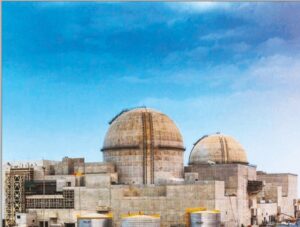
South korea (APR1400)
In April, at the 4th African Nuclear Business Platform (AFNBP) held in Rabat, Korea Hydro & Nuclear Power (KHNP) actively promoted its flagship APR1400 reactor and its innovative small modular reactor (i-SMR).
South Korea is currently fully engaged in building new APR1400 units domestically and aims to commercialize its i-SMR by 2035. It views Morocco, with which it is negotiating a free trade agreement, as a “key piece” and a “gateway to a vast market of over 1.2 billion African consumers.”
Aggressive promotion of its proven large-scale APR1400 technology and innovative SMRs, combined with its strategic view of Morocco as a commercial entry point to Africa, positions South Korea as a very competitive and attractive partner.
South Korea offers a diversified technological portfolio, combining mature experience with large reactors and advanced SMR development, giving Morocco flexibility in deployment scale.
Technologically, the APR-1400, a 1400 MW pressurized water reactor, is successfully used at the Barakah plant in the UAE. SMRs are also in development but less advanced. Barakah’s success (4 reactors, 5.6 GW) demonstrates KEPCO’s reliability in a similar geographic and climatic context.
Barakah’s construction cost (about $24.5 billion for 5.6 GW) is competitive globally. The APR-1400 is designed for more robust grids (minimum 10-20 GW). South Korean SMRs are not yet commercialized.
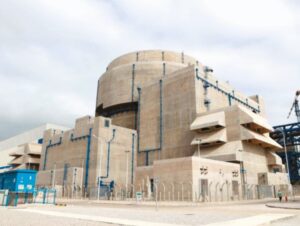
China (Hualong one)
Morocco has signed several agreements with China on nuclear cooperation. China is actively expanding its energy diplomacy in Africa, launching the China-Africa Forum on the peaceful use of nuclear technology in 2024, aiming explicitly to become Africa’s “top nuclear energy partner.”
Morocco is among four African countries that recently signed nuclear cooperation agreements with China. The China National Nuclear Corporation (CNNC) is involved in major nuclear projects across Africa.
China offers a full spectrum of nuclear technologies, from large reactors (Hualong One) to SMRs, often with attractive financing models and a willingness for extensive technology transfer. Chinese reactors like the Hualong One are often cheaper than Western equivalents (e.g., French EPR or American AP1000), thanks to standardized production and economies of scale.
They incorporate modern safety systems and third-generation technology, like the Hualong One, meeting IAEA international standards. Technologically, the Hualong One (HPR1000), a third-generation pressurized water reactor developed by CNNC, is China’s main export technology.
It is designed to be safe, efficient, and economically competitive, with about 1000 MW per unit. China is also developing SMRs like the Linglong One (ACP100), a 125 MW modular reactor suitable for localized applications including seawater desalination, but commercial availability is expected only from 2030.
China launched an experimental thorium molten salt reactor in the Gobi Desert in 2023, with potential commercialization by 2030. This technology is considered safer and uses more abundant fuel than uranium, which could interest Morocco, which has phosphate reserves containing thorium.
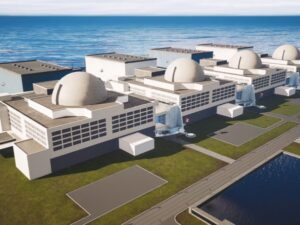
Canada (CANDU Technology)
Canada has bilateral agreements with Morocco, including “Administrative Arrangements” with the Canadian Nuclear Safety Commission (CNSC). Canada is making significant investments in modernizing its CANDU reactor technology (e.g., the Monark design, a generation III+ reactor) and developing SMRs.
A key advantage highlighted is their ability to use natural uranium, eliminating the need for enrichment. The unique feature of CANDU reactors using natural uranium represents a specific and compelling advantage for Morocco.
This reactor could potentially open a path to long-term fuel cycle independence once the Uranext plant begins production. This reduces dependence on external enrichment services, a critical strategic consideration. Technologically, companies like StarCore Nuclear offer SMRs of about 10-20 MW.
Canadian SMRs are suited for localized applications like desalination or powering isolated areas. Additionally, Dual Fluid Energy offers attractive financing.



